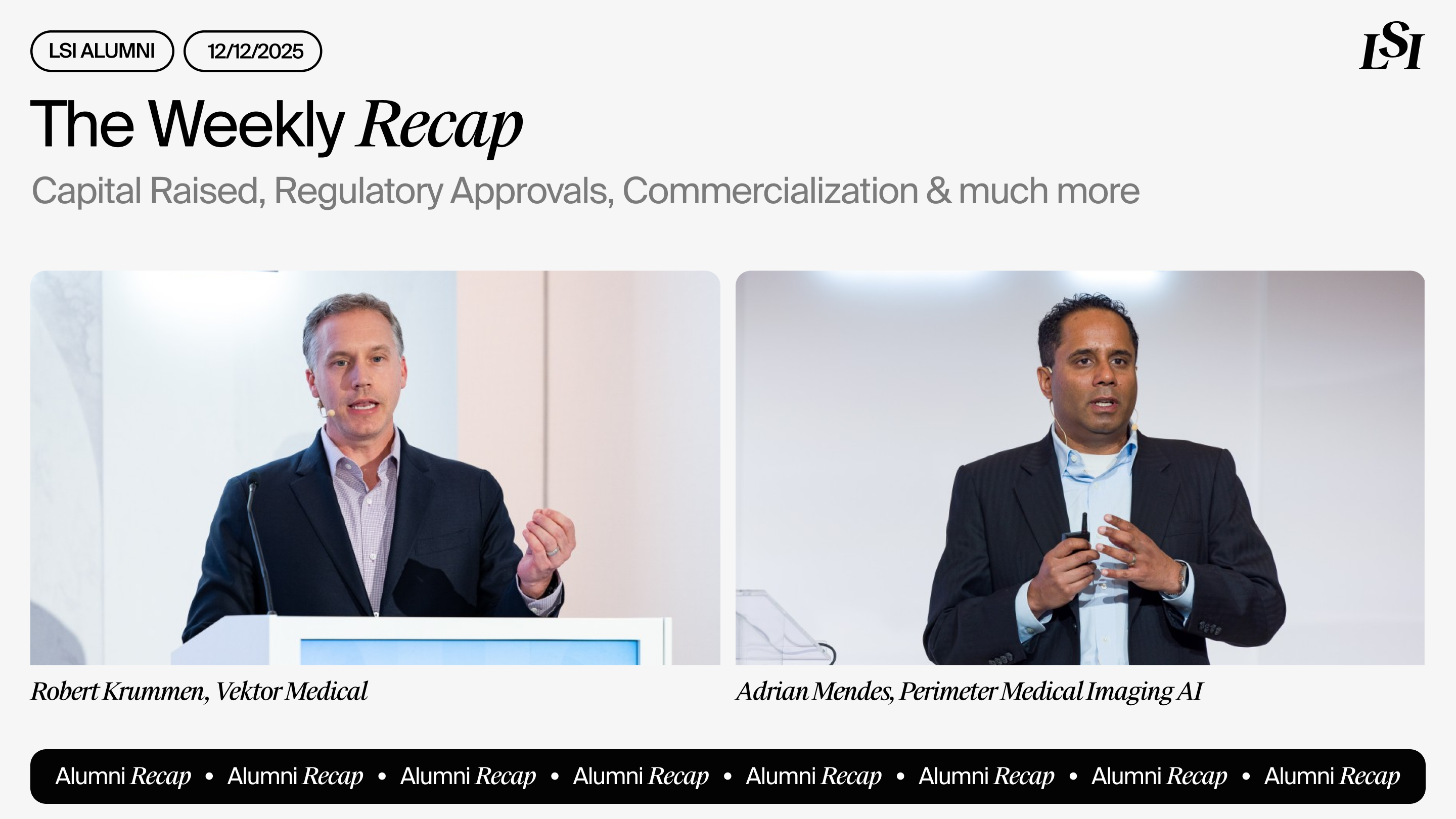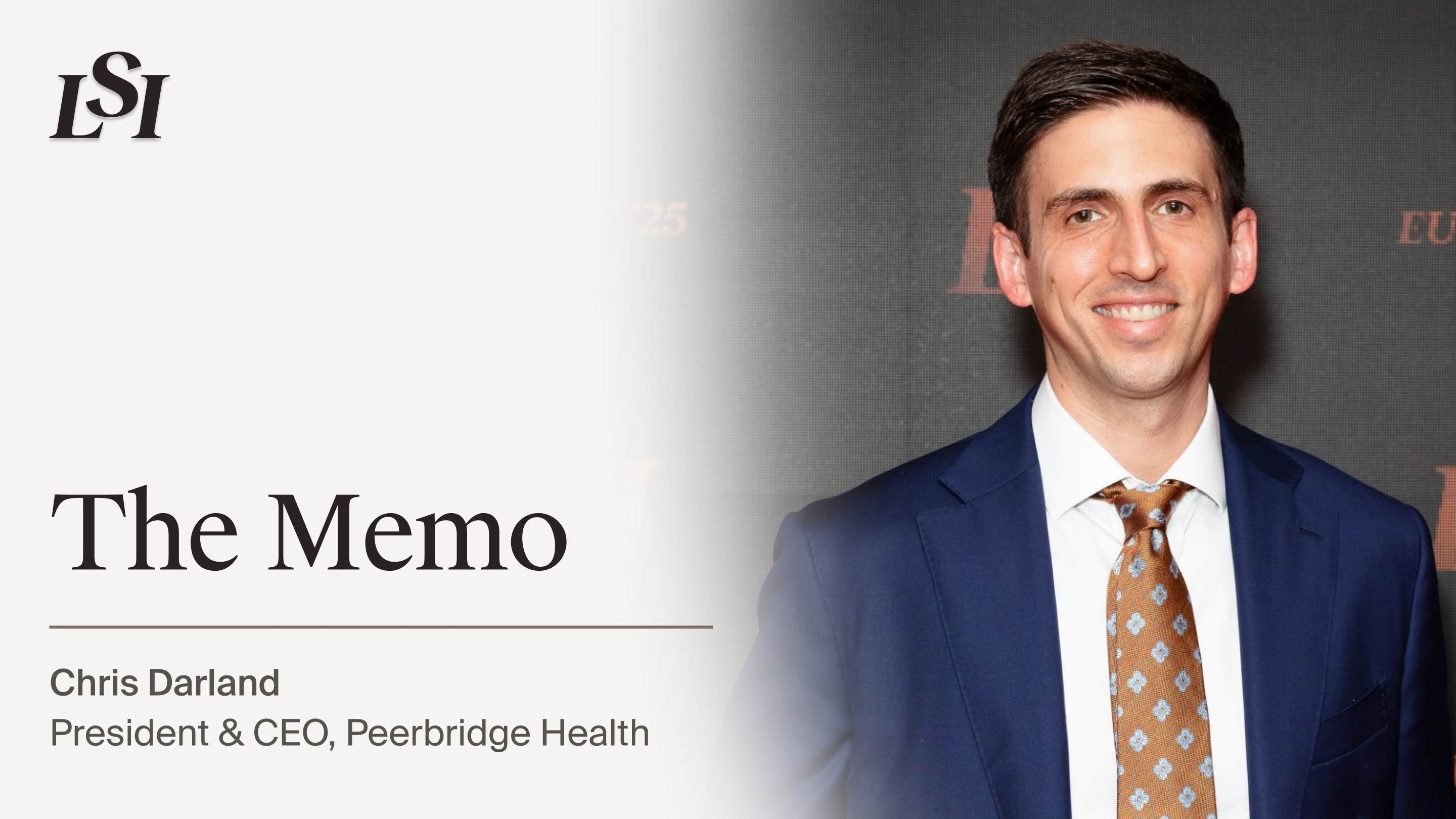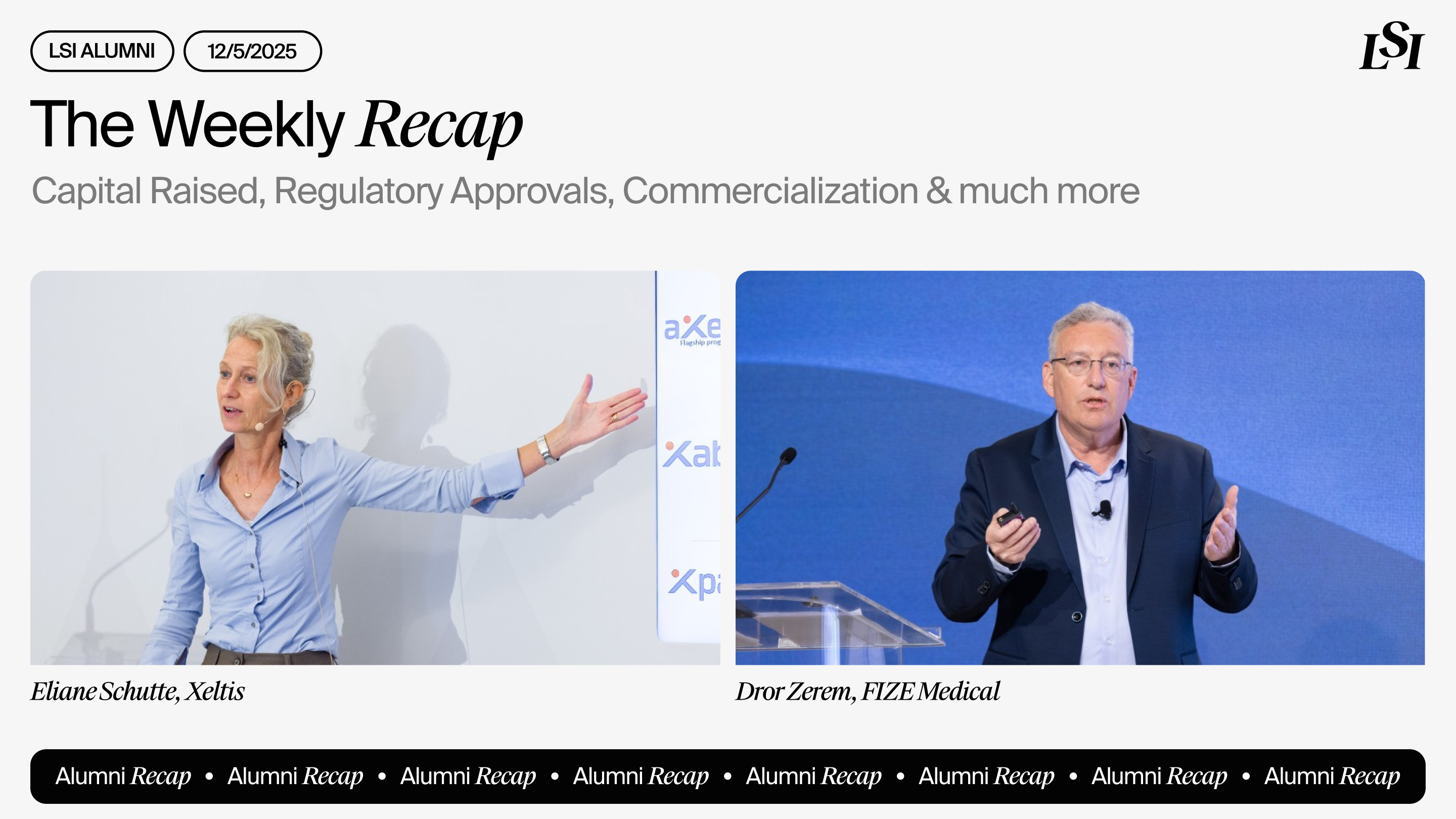
Topic/Category: Wound Care, Growth & Challenges
As new variants come and go, COVID-19 continues to impact elective medical procedures, and wound care is no exception. Despite the ubiquitous use of wound closure technologies throughout medicine, especially in emergency care, this market segment was hit hard by the COVID pandemic. This is because many surgical procedures are considered elective or expedited, and as a result, many were delayed into 2021. Outside of trauma surgeries, most wound closure devices are used in surgeries and other procedures that are likely to be considered elective.
The Impact of COVID on the Wound Closure Technologies Market
The main categories of wound closure technologies include sutures, staples and staplers, surgical sealants, glues, femoral closure, and others. According to Life Science Intelligence’s (LSI) Medtech Pro Covid-19 Impact Tracker, spending on sutures dropped a stunning 47.5% in 2020. Other wound closure technologies saw similar declines in spending to about the same degree. Overall, revenue in the global market for wound closure technologies declined by 46.7% in 2020.
As COVID becomes endemic and life returns to normal, spending is expected to return to baseline. In 2021, due to a rebound effect from delayed procedures, revenues increased by nearly 140%. However, going forward, the market for wound closure technologies is expected to be flat. In 2022, it’s projected there will be modest growth of around 1.5%, and there will be spending declines - although small - through 2024. Overall, the Compound annual growth rate (CAGR) for 2019-2024 is expected to be 4.5%, primarily due to the surge in spending in 2021.
Looking at spending on wound closure technologies by major type, spending on sutures is looking like it will decline modestly in the coming years. But overall, the market segment will see a CAGR of 3.7% for 2019-2024. The staples and staplers market will see a similar trend as medical providers move to less traumatic and more advanced technologies like surgical sealants and glues. This market segment is expected to have a CAGR of nearly 6% for 2019-2024, although long-term growth prospects look uncertain.
Advanced Wound Care Technologies More Resilient in the Face of COVID Challenges
Not all market segments of the wound closure devices market were impacted by COVID to the same extent. This includes promising advanced wound care technologies such as negative pressure wound therapy (NPWT), pressure-assisted drainage, and advanced wound dressings. These types of wound care technologies have many advantages over traditional methods. In particular, they are known to accelerate wound healing and reduce the impact of scarring, making them appealing to patients and physicians alike. The advanced wound management technologies market includes moist dressings, active dressings, and negative pressure wound therapy.
It’s not surprising that these newer wound care methods have had rapid penetration into the market, with global sales already reaching $7 billion in 2019. This subset of the overall wound care market was expected to weather COVID better than others, primarily because many of these technologies can be used in outpatient and at-home settings. Additionally, at this point, these types of wound care have not had as much utilization inside hospitals or nursing homes, a fact that made this market segment more resilient in the face of the pandemic.
Despite these facts, the global market for advanced wound management technologies saw a 23.4% decline in revenues in 2020 (See Medtech Pro COVID Impact on Global Medical Devices & Diagnostics Markets). Like most market segments, this was followed by a significant rebound in 2021, with market revenues recovering by 56.8%. Growth resumed across all major categories of advanced wound management technologies, with negative pressure wound therapy devices leading the way with a 121% increase. This large increase relative to other categories is not entirely unexpected, as this technology is far more likely to be used in a traditional hospital setting.
Where is the Advanced Wound Care Market Heading?
The world is finally coming out of the COVID pandemic, with milder variants, vaccination, and more natural immunity. As a result, delayed elective procedures entered the pipeline along with a resurgence in new demand to baseline levels. The wound care market was no exception to this trend - in 2021, the space experienced a dramatic rebound.
However, as trends return to baseline, the advanced wound care market is expected to be rather flat. In 2022, it’s projected that revenues for advanced wound care technologies will only grow 2% from 2021, which is not encouraging given the impact of high inflation rates seen over the past 12 months that may continue through 2022. Revenue from negative pressure wound therapy devices is actually projected to decrease slightly in 2022, while most other segments will see modest increases. The moist dressings market is expected to grow at 4.3%, with continued modest growth through 2024. Overall, the global market for these technologies will grow at less than 1%, resulting in a CAGR of 4.5% over 2019-2024.
Visit LSI’s Medtech Pro for more market data around this important market segment, supporting those who want to understand what’s driving the market growth, where it stands now, and where it’s going over the next five years – as well as other Medtech market segments.

Schedule an exploratory call
Request Info17011 Beach Blvd, Suite 500 Huntington Beach, CA 92647
714-847-3540© 2025 Life Science Intelligence, Inc., All Rights Reserved. | Privacy Policy










